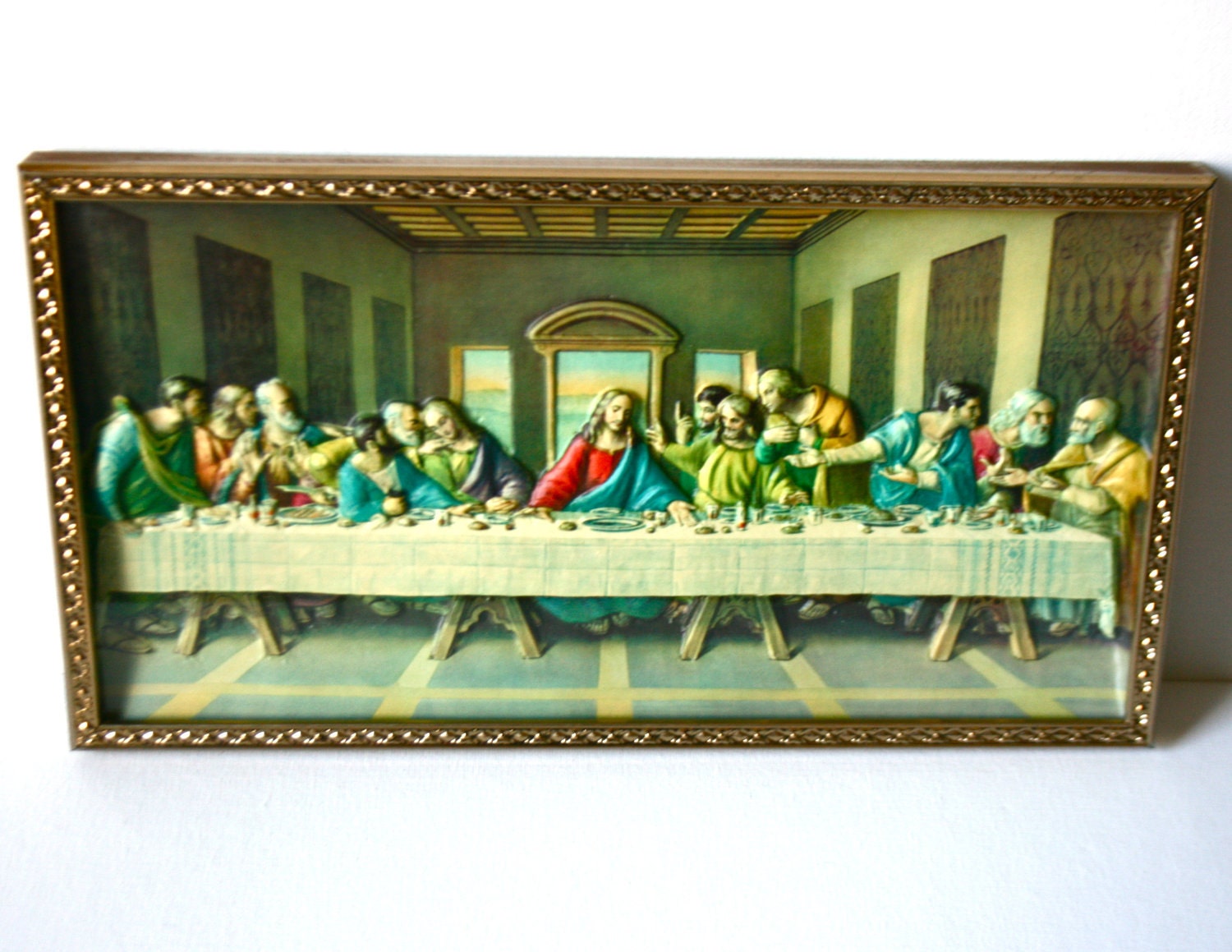
So why not double it?ġ2:33 Inserting a cute little layout graphic with a radial fill to look like a shimmer.ġ4:49 An unexpected 3D version of the map, using the map elevation.ġ6:50 Yadda yadda, closing chatter. Ah, glorious blend modes.Ĥ:44 Playing around with adding color into the hillshade color schemes.Ħ:58 Giving the neatline polygon a gradient stroke to simulate a shadow.Ĩ:17 Ah the slope raster function! That’s a nice one for next-level hillshading.ĩ:04 A couple nice crisp hillshades from the raster functions.ġ0:33 Adding bits of color into the otherwise-grayscale hillshades.ġ1:50 I like that neatline shadow/highlight effect. –time to just play around with stacking up blended hillshade layers–ģ:22 Cranking out several hillshade layers, each with a bit different sun angle.Ĥ:15 Blurring the hillshade layers with the Focal Statistics raster function.Ĥ:40 Blend modes (predominantly the Soft Light blend).

3D VINTAGE SCENE LICENSE
If you don’t have a license you can do 99% of this with the hillshade tool found in Raster Functions.Ģ:07 Creating a new layout in the good old topo quad dimensions of 22×27 inches.Ģ:36 Inserting my map frame and fine-tuning its position in the layout.ģ:08 Getting rid of that default 1 pixel black border around the map frame. … Part 3: HillshadeĠ:55 I’ll use the hillshade from Spatial Analyst, or 3D Analyst, licenses because they can cast long shadows. As with our perception of the actual world, our eyes see the separate images but our brains combine them into one scene with perceived depth. These devices, like modern 3D, show a slightly different image to each eye.
3D VINTAGE SCENE HOW TO
This 3D-ification was done entirely in ArcGIS Pro, and I’m just dying to show you how! … Part 1: GeoreferencingĠ:00 Little bit of map nerd history about these things.Ģ:22 A bit of appreciation for maps that spill out over the neatline.ģ:12 How to pin an image to true geographic coordinates (georeferencing)Ĥ:00 Selecting a similar projection to the topo quad.ĥ:20 Pinning some georeference control points.Ħ:11 How to change the coordinate format at the bottom of a map view.ħ:54 AOk hang on, maybe just try the Living Atlas USGS Historical Topographic Map Explorer! … Part 2: Elevation DataĠ:00 Skip this re-cap and just dive right in.Ġ:23 How to use Map Notes to draw quick and convenient new features.Ġ:58 Drawing in a polygon of the paper extent, and the map extent.Ģ:22 How to add elevation data from anywhere in the world, at pretty much any scale, from Living Atlas.Ģ:46 Warren Davison showed me how to steal portions of this Living Atlas elevation!Ĥ:10 How to cookie-cut out a portion of the elevation image to match the map area.Ĥ:58 Using Raster Calculator (Image Analyst license) to add dead pixels outside the map, but inside the paper, to give shadows a place to fall.Ħ:52 Wordy summary with somewhat awkward and perplexing eyebrow raising. The earliest known stereoscope was invented in 1838. A treasured relic of generations past gets new life as an object of joy.

Textures in 3ds Max, Maya, and Blender 2.83.0 are also connected.What’s going on here?! This is one of those things where you take an achingly beautiful vintage topo or geology map and then brew some modern 3D hillshade into it to make it jump off that charmingly yellowed page and find a place right in your geographer’s heart. I have attached a Marmoset Toolbag 4 scene in which I rendered the animation. The animation was created in Autodesk Maya 2023. The model was exported in the following formats: max 2019, obj, and fbx. The textures were created in Substance 3D Painter and Photoshop.Īll high-resolution textures are 4096x4096 in png format: Base Color, Height, Metallic, AO, Normal, Roughness, and Opacity.

Modeling was done in 3ds Max 2022 version. The model consists of the following parts: The total number of polygons is and vertices: Also in the file with the animation, you can adjust the speed of the time as you need. In this project, I created an animation of a clock that runs according to real-time. The model has 3 sets of PBR textures: gold, bronze, and silver. This model is suitable for visualization projects.


 0 kommentar(er)
0 kommentar(er)
